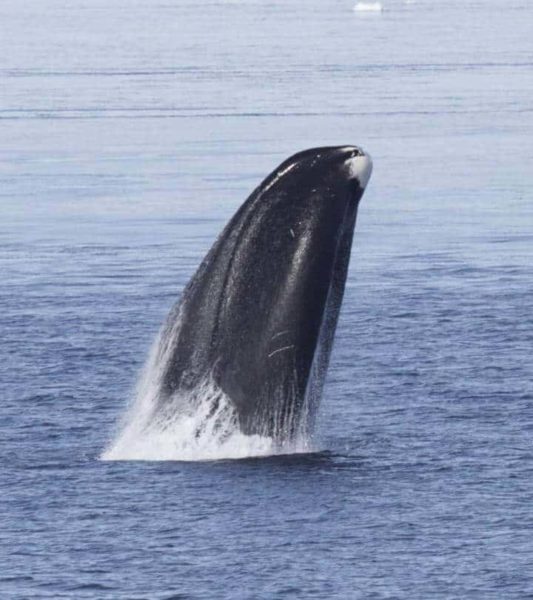A whale that can live over 200 years with little evidence of age-related disease may provide untapped insights into how to live a long and healthy life. In the January 6 issue of the Cell Press journal Cell Reports, researchers present the complete bowhead whale genome and identify key differences compared to other mammals. Alterations in bowhead genes related to cell division, DNA repair, cancer, and aging may have helped increase its longevity and cancer resistance.
“Our understanding of species’ differences in longevity is very poor, and thus our findings provide novel candidate genes for future studies,” says senior author Dr. João Pedro de Magalhães, of the University of Liverpool, in the UK. “My view is that species evolved different ‘tricks’ to have a longer lifespan, and by discovering the ‘tricks’ used by the bowhead we may be able to apply those findings to humans in order to fight age-related diseases.” Also, large whales with over 1000 times more cells than humans do not seem to have an increased risk of cancer, suggesting the existence of natural mechanisms that can suppress cancer more effectively than those of other animals.
Dr. Magalhães and his team would next like to breed mice that will express various bowhead genes, with the hopes of determining the importance of different genes for longevity and resistance to diseases. They also note that because the bowhead’s genome is the first among large whales to be sequenced, the new information may help reveal physiological adaptations related to size. For example, whale cells have a much lower metabolic rate than those of smaller mammals, and the researchers found changes in one specific gene involved in thermoregulation (UCP1) that may be related to metabolic differences in whale cells.

